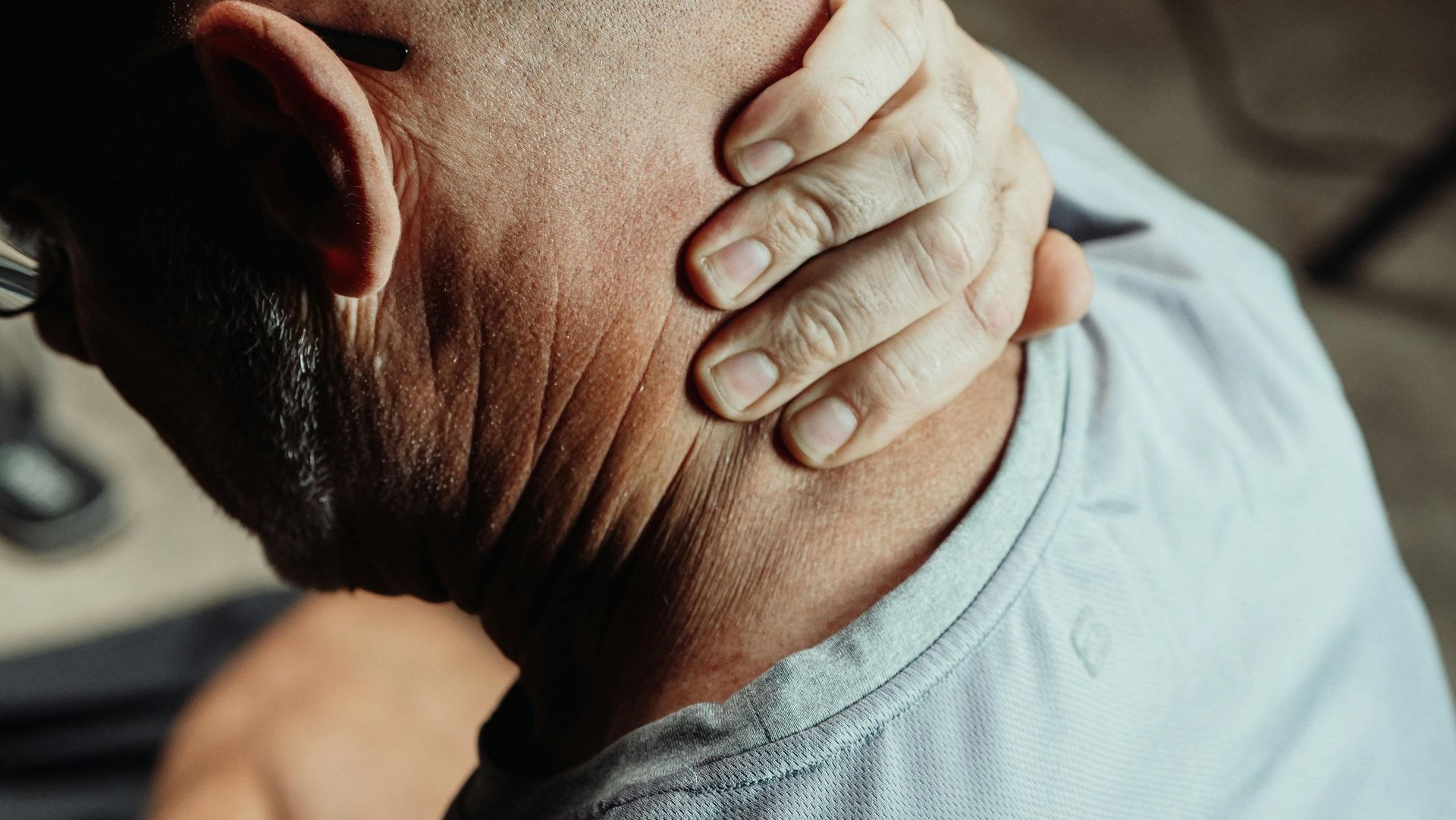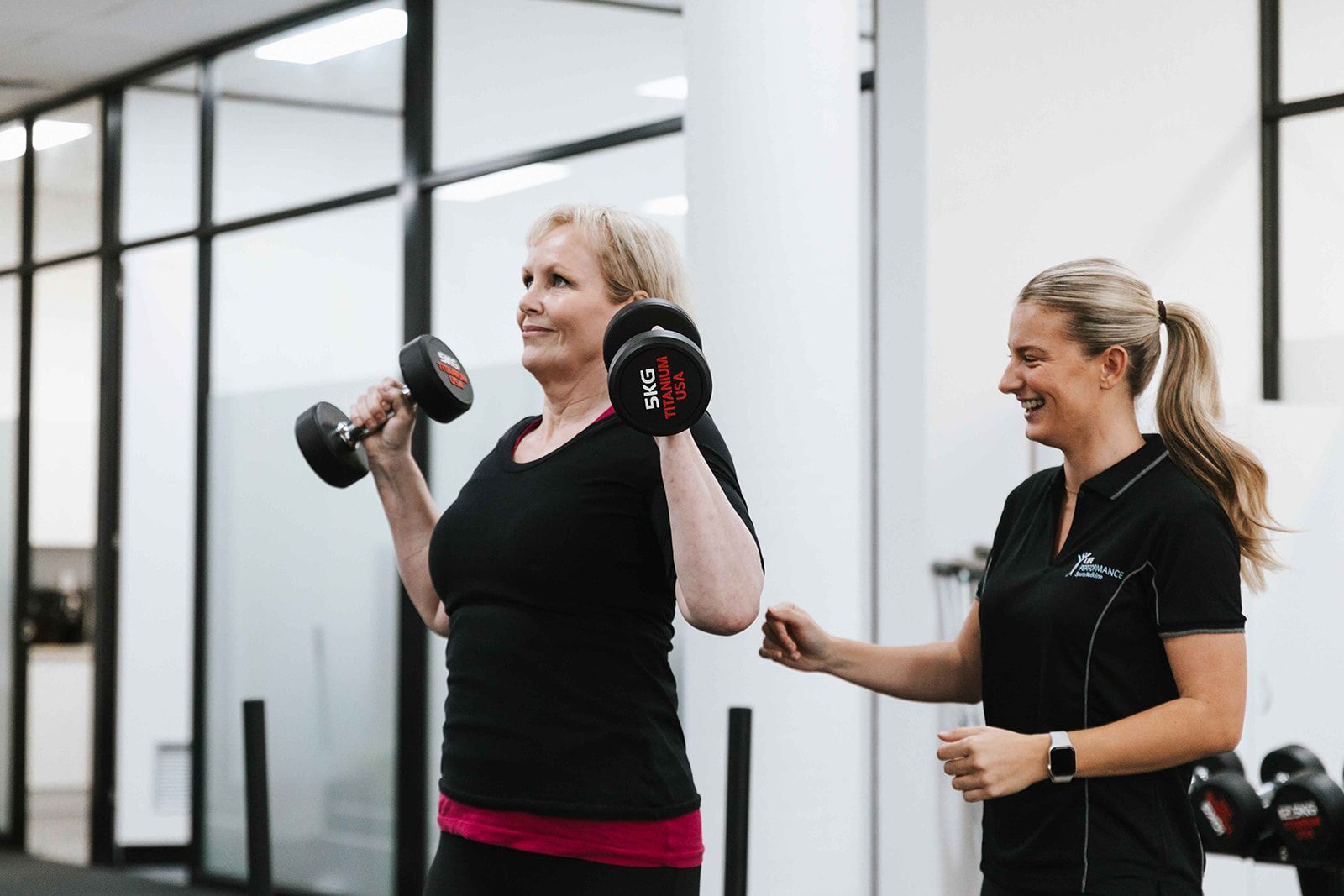Management of Achilles Tendon Ruptures
What is an Achilles Tendon rupture?
Achilles tendon rupture is an injury that occurs when the tendon that attaches the calf
muscle to the heel bone is torn.
It typically occurs during a fast acceleration from standing and the patient feels they have been hit in the back of the leg and hear a loud pop.
Who is at risk?
Males between the ages of 30-50 who participate in sports with explosive movements such as
basketball, soccer or tennis are most at risk of Achilles rupture.
Medical conditions such as
- diabetes,
- obesity
- high blood pressure
Can also predispose to achilles rupture.
Management
The management of achilles tendon rupture has evolved over the years, and this blog post
aims to review the most recent approaches to initial management of the injury, with a
particular focus on surgical vs conservative management.
Conservative management
This involves non-surgical treatment options such as:
- immobilisation in a boot with heel
- wedges or a plaster cast, non-steroidal anti-inflammatory (NSAIDs)
- guidance through a physiotherapy program
This approach is often chosen by patients who have less active
lifestyles and may have underlying medical conditions that make surgery a higher risk.
A recent systematic review published in the British Journal of Sports Medicine (2021)
evaluated the effectiveness of conservative management for achilles tendon ruptures. The
review found that immobilisation in a cast or boot within 2 weeks of initial injury, followed
by functional rehabilitation had similar outcomes to surgery in terms of overall recovery and
return to sports. Furthermore, patients who participated in an accelerated functional
rehabilitation program with early range of motion were at no more risk of re-rupture than
surgical patients.
Surgical management
Surgical management involves repairing the torn tendon through a surgical incision under
anaesthetic. This approach has historically been the favoured option, however recent
evidence is indicating similar results in conservative management regarding return to sport
and re-rupture rate, with a lower risk of complications.
A systematic review from the Journal of Foot and Ankle Surgery compared outcomes of
surgically managed patients with conservative management.
They reported surgical management had a higher risk of complications such as:
- wound infection
- nerve damage
- blood clots
Contrary to the review discussed previously, there was a higher re-rupture rate
in conservatively managed patients. However these patients were not require to undergo a
functional rehabilitation program following the acute management.
Comparing Conservative and Surgical Management
Overall, the evidence currently supports conservative management with a functional
rehabilitation program. This plan has demonstrated similar outcomes as surgical
management regarding:
- re-rupture risk
- return to sport time
- and eliminates risks associated with surgery
It is worth noting a higher re-rupture risk has been reported in these articles
with patients who did not undergo a functional rehabilitation program during conservative
management. This emphasises the importance of rehabilitation regardless of operative or
conservative management.
In conclusion, the management of achilles tendon has evolved over the years. Decision
making is a collaborative process and should be made on a case by case basis with the
patients activity level, overall health and personal preferences in mind.
The current literature supports conservative management as a viable option that eliminates
complications associated with surgery and produces similar outcomes regarding return to
sport and ankle function.
References:
Maffulli, N., Loppini, M., & Spiezia, F. (2019). Management of acute Achilles tendon ruptures
in athletes. Foot and Ankle Clinics, 24(4), 761-775. https://doi.org/10.1016/j.fcl.2019.06.002
Ochen Y, Beks R B, van Heijl M, Hietbrink F, Leenen L P H, van der Velde D et al. Operative
treatment versus nonoperative treatment of Achilles tendon ruptures: systematic review
and meta-analysis BJM, 2019 doi:10.1136/bmj.k5120
Zhang, S., Shi, W., Ren, L., Chen, X., & Wang, H. (2021). Surgical versus conservative
treatment for acute Achilles tendon rupture: A systematic review and meta-analysis of
randomized controlled trials. Journal of Orthopaedic Surgery and Research, 16(1), 1-9.
https://doi.org/10.1186/s13018-021-02779-0










